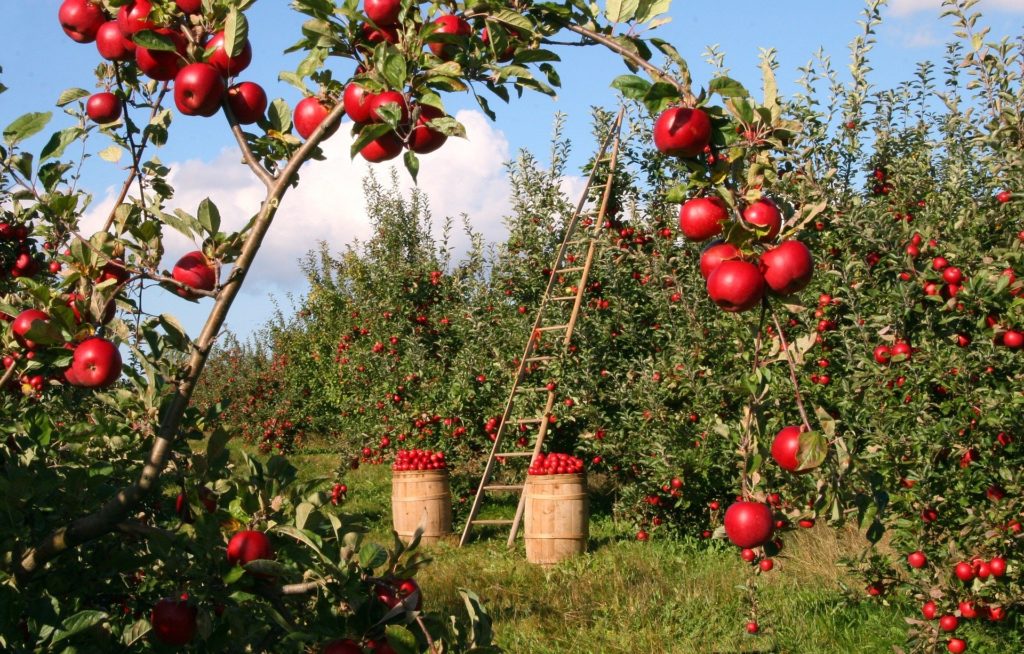With the increasing popularity of the Internet of Things (IoT), these connected networks have become an integral part of our life. The applications are not just limited to industrial environments; rather, IoT networks have presented many innovative ideas in the form of smart cities, logistics, automotive, home automation, health, and fitness as well.�
When IoT is revolutionizing almost every sector, how can we forget to talk about the agriculture industry � the backbone of the economy. IoT presents solid solutions for smart farming with its technology-driven gadgets. It is now possible to improve the overall efficiency of farmlands while ensuring better control over crop quality and time to market.�
The concept of Smart Agriculture:
Smart agriculture is a revolutionizing term that defines applications of IoT in farming. The adoption of IoT systems in the agriculture field is growing with each passing day. Stats even predict that the IoT device installations are growing by almost 20% every year and it may reach 75 million by 2021. In a similar manner, the smart agriculture market may also reach $15.3 billion by the end of 2025. It may influence the world economy to a great extent.�
There are so many incredible benefits of using IoT for agriculture; few of them are listed below:
- Potential sensors can collect tons of data:
There are many advanced smart agriculture sensors that can monitor crop growth progress, soil quality, weather conditions, and health of the livestock on a continuous basis. These IoT networks can generate tons of data that can further help to evaluate the efficiency of equipment and staff.�
- Lesser production risks:
IoT sensor networks provide enhanced control over internal processes. It enables farmers to foresee the production outcome, and hence, they can develop a better strategy for the distribution. When you are already aware of how much crop you will be harvesting, there will be the least chances of product remaining unsold.�
- Waste reduction and cost management:
IoT powered agriculture lands can ensure better updates about crop growth and the health of your live stocks. Hence, farmers will be able to make better decisions about the risks of losing their crop output. The smart farming trends can help to automate the entire production cycle including fertilizing, irrigation and pest control as well.�
- Greenhouse automation:
On one side, IoT networks have the potential to provide continuous updates about weather conditions; on the other side, it offers great results for greenhouse automation. For example, the smart sprinklers installed in the greenhouse can help you to manage irrigation automatically. At the same time, it is possible to maintain remote access to lighting systems.�
The smart IoT networks can also connect farmers to the potential markets so that they can have continuous updates about performance and revenue. There are plenty of agriculture specific IoT apps that are more useful to lead smart farming solutions. With all such benefits, it is definitely good to choose potential IoT enabled solutions for agriculture fields.�

